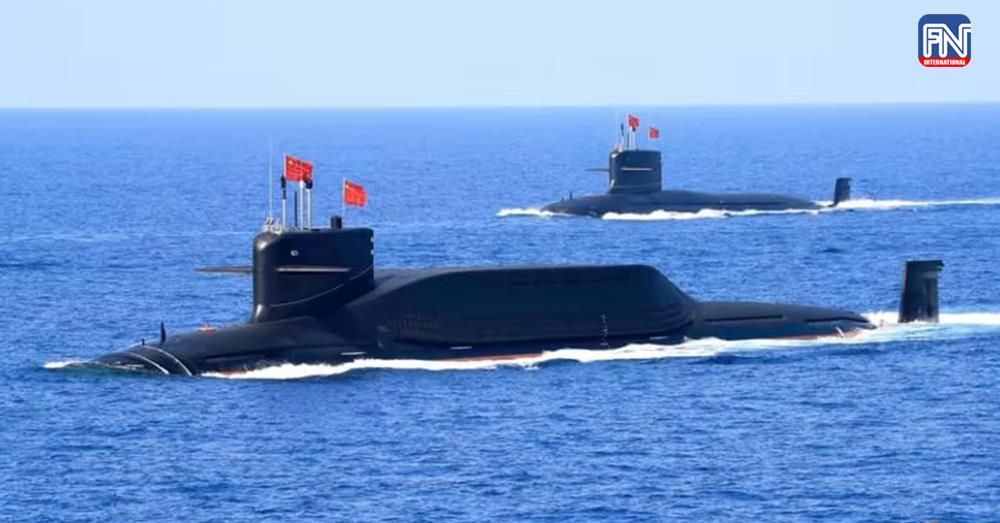STOCKHOLM, June 12 (AFP) - The nuclear arsenals of several countries, especially China, grew last year and other atomic powers continued to modernise theirs as geopolitical tensions rise, researchers said on Monday (Jun 12).
"We are approaching, or maybe have already reached, the end of a long period of the number of nuclear weapons worldwide declining," Dan Smith, director of the Stockholm International Peace Research Institute (SIPRI), told AFP.
The total amount of nuclear warheads among the nine nuclear powers - Britain, China, France, India, Israel, North Korea, Pakistan, Russia and the United States - was down to 12,512 at the outset of 2023, from 12,710 at the start of 2022, according to SIPRI.
Of those, 9,576 were in "military stockpiles for potential use", 86 more than a year earlier.
SIPRI distinguishes between countries' stockpiles available for use and their total inventory - which includes older ones scheduled to be dismantled.
"The stockpile is the usable nuclear warheads, and those numbers are beginning to tick up," Smith said, while noting that numbers are still far from the over 70,000 seen during the 1980s.
The bulk of the increase was from China, which increased its stockpile from 350 to 410 warheads.
India, Pakistan and North Korea also upped their stockpiles and Russia's grew to a smaller extent, from 4,477 to 4,489, while the remaining nuclear powers maintained the size of their arsenal.
Russia and the US together still have almost 90 per cent of all nuclear weapons.
"The big picture is we've had over 30 years of the number of nuclear warheads coming down, and we see that process coming to an end now," Smith said.





